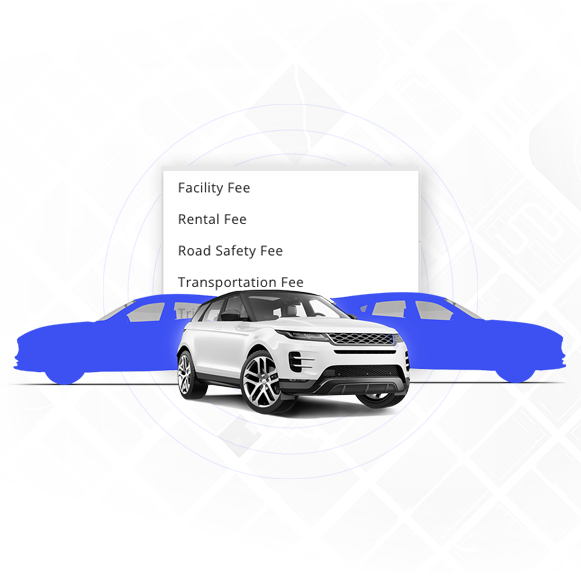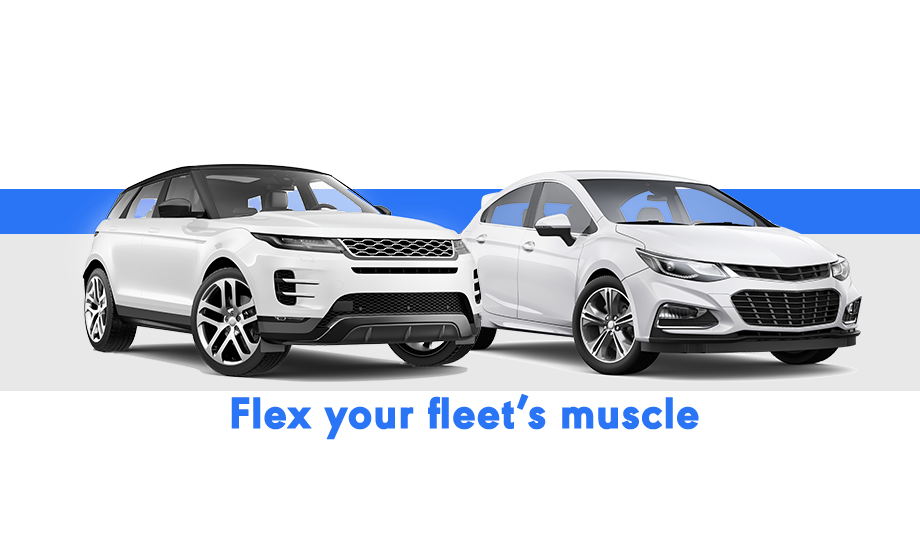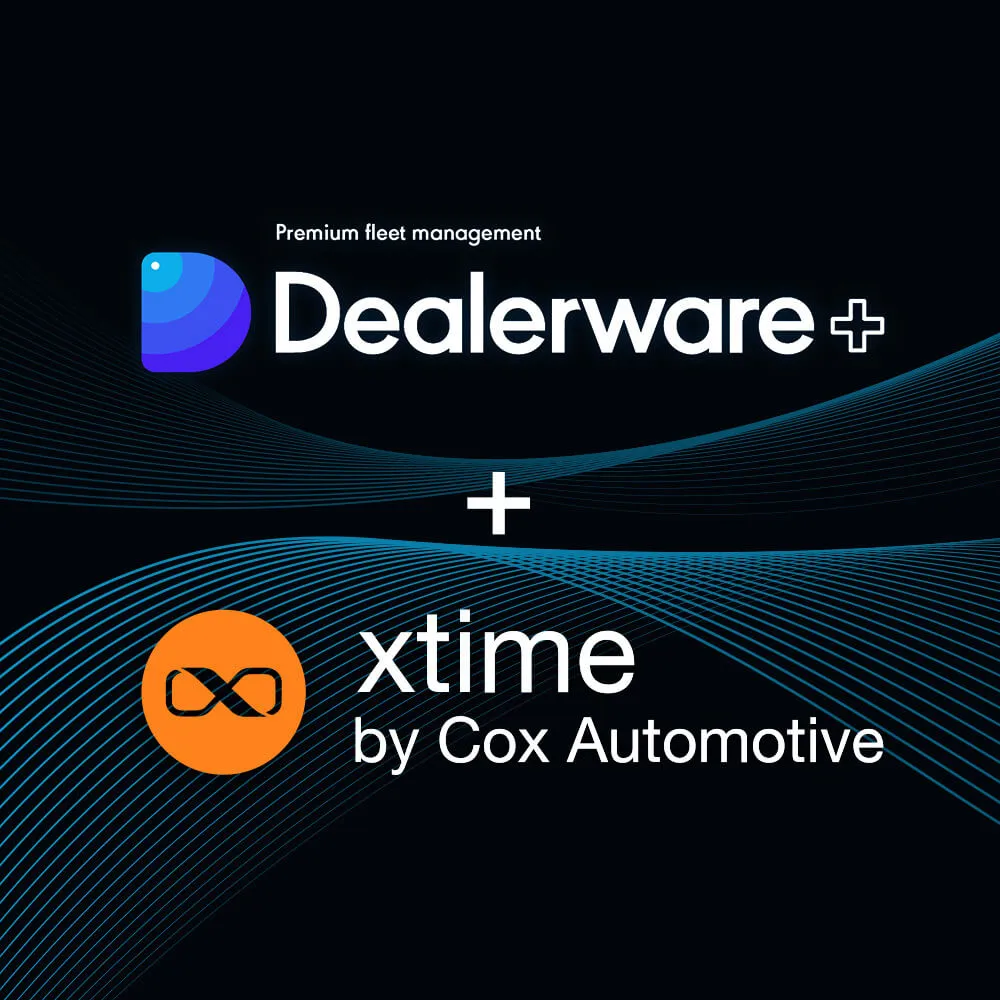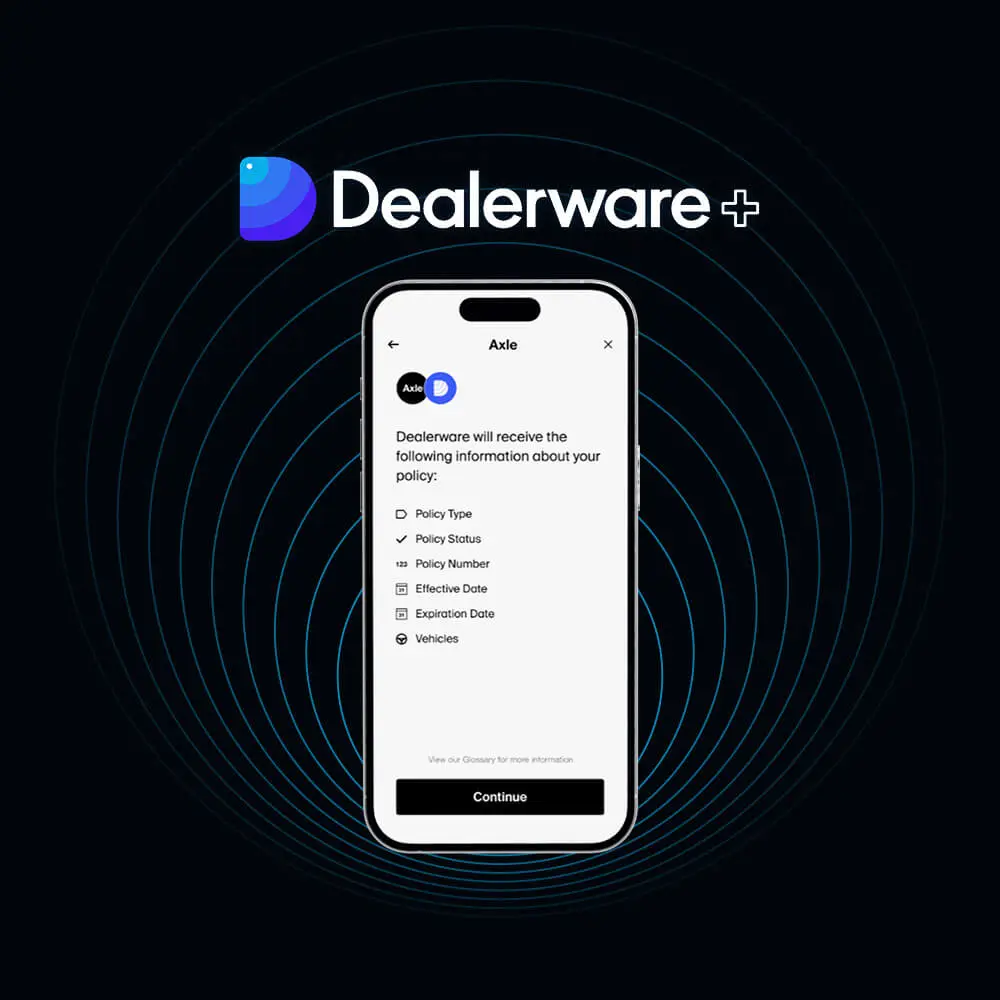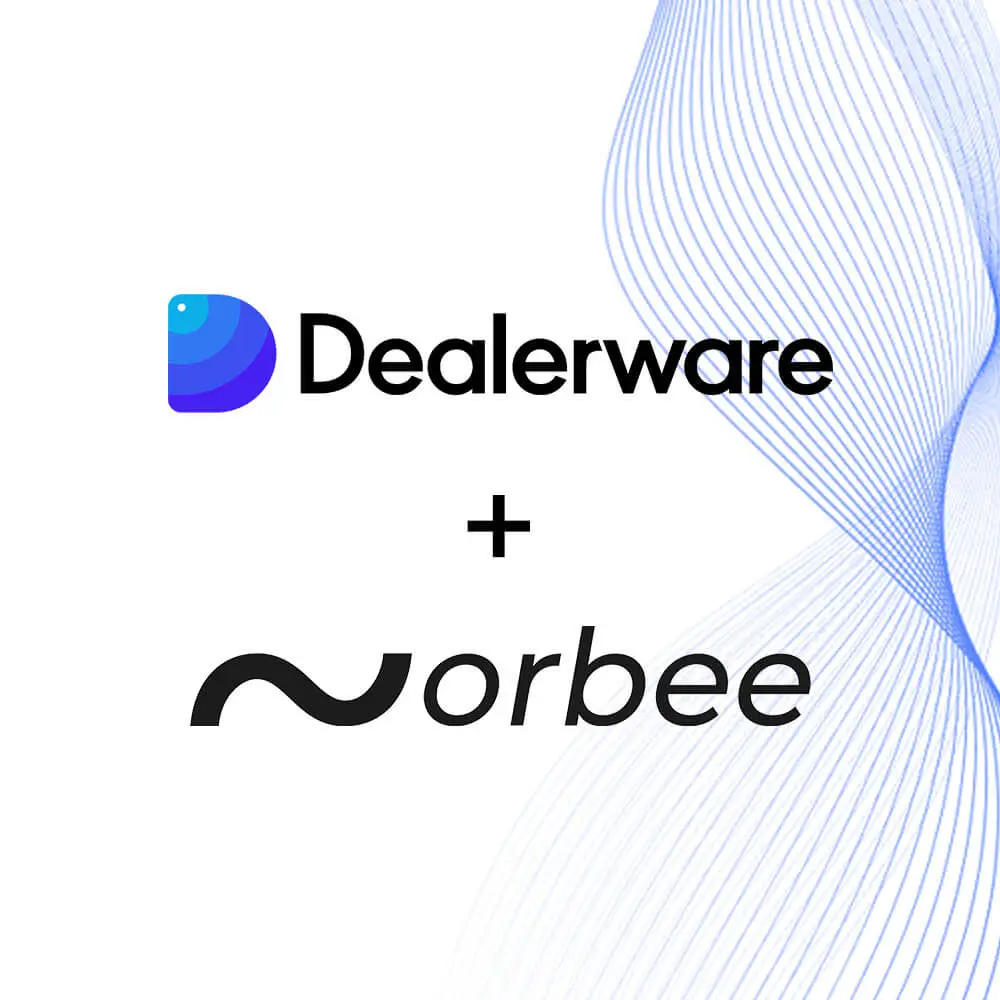Dealership fleet managers have a crucial role in balancing the costs of their fleet and ensuring that it generates revenue. Primarily, fleet programs bring in revenue via repair orders. But a fleet can bring in dollars on its own, too.
One of the best examples comes from a dealership in Arizona that generates an extra $96,000 a year from their fleet programs. One of Dealerware’s simplest but most powerful features makes it possible: custom fees.
Why apply custom fees for your fleet.
Custom fees help dealerships generate additional revenue while covering the costs associated with rental or loaner vehicles. Fleet managers can add these fees to rental vehicle contracts based on different situations. Using custom fees may simplify cost reduction strategies for small teams or across multiple stores in the same group.
For example, our standout customer in Arizona uses a custom recovery fee on every contract that they call a “Gas and Glass” charge. With multiple brands situated in a single dealership complex, managing fuel recovery rates differently for each brand’s customers was overly complicated. To simplify, every dealership in the group replaced automatic fuel recovery with a $30 flat fee, applied to every contract.
While there are some rare instances of customer pushback, “It’s all about the serve,” the service director explains. “I think we do a good job of building value into what that $30 covers — we’re covering glass, we’re covering gas, and as a dealership we throw in tires too, because if you get a nail in a tire, it might be from the previous driver anyway.”
This approach means that, for just thirty bucks, customers enjoy extra convenience and peace of mind about minor damage. For the dealership, the charge does bring in some profit, but it offsets the two or three windshield replacements they do each month, and saves them the trouble of chasing ever-changing fuel prices.
What other custom fees can you add to fleet contracts?
Dealerware provides six custom fees fleet managers can add to contracts individually. They can also be configured based on which vehicle group or program a car is used in. This helps simplify fee differences between loaner, rental and test drive programs, if dealerships manage those fleet functions with a single tool like Dealerware.
- Facility fees cover the costs of materials used to keep the fleet in good condition. That can include cleaning supplies, maintenance tools and fluids, or help offset holding or floorplan costs.
- Rental fees are a lot like the Daily Rates fleet managers can add elsewhere in Dealerware, but may be better suited as ad-hoc fees for special situations. For example, if an oil change customer doesn’t want to wait and instead wants to pick up their car the next day, a rental fee would be an appropriate addition since that customer really doesn’t need alternate transportation.
- Road safety fees may be applied for customers who are taking long road trips or who plan to drive out into the countryside, where damage may be more likely from dirt or gravel roads. This fee covers the additional wear and tear the vehicle may experience during these types of trips and can help ensure the dealership keeps its fleet in good condition.
- Transportation fees can be added to a loaner contract when the customer’s vehicle needs to be towed to the dealership, and the dealer drops a loaner off for them. This fee covers the additional transportation costs incurred by the dealership and helps ensure that the loaner vehicle is available to the customer when they need it.
- Trip fees are a simpler form of transportation fee and are used to cover costs incurred during a pickup and delivery service. In this scenario, the dealership employee drives a loaner or rental vehicle to the customer and then drives the customer’s vehicle back to the dealership for service. This fee helps cover the additional time and mileage incurred by the dealership during the pickup and delivery process.
- Finally, general recovery fees can be used as flat rates for fuel and toll costs, like our standout customer’s “Gas and Glass” fee. Recovery fees help cover the costs of maintenance.
Whichever fee you might choose to add to your contracts, custom fees give fleet managers a tool for simple, whole-number cost recovery that stretches a bit beyond covering overhead to add revenue to fleet programs.



